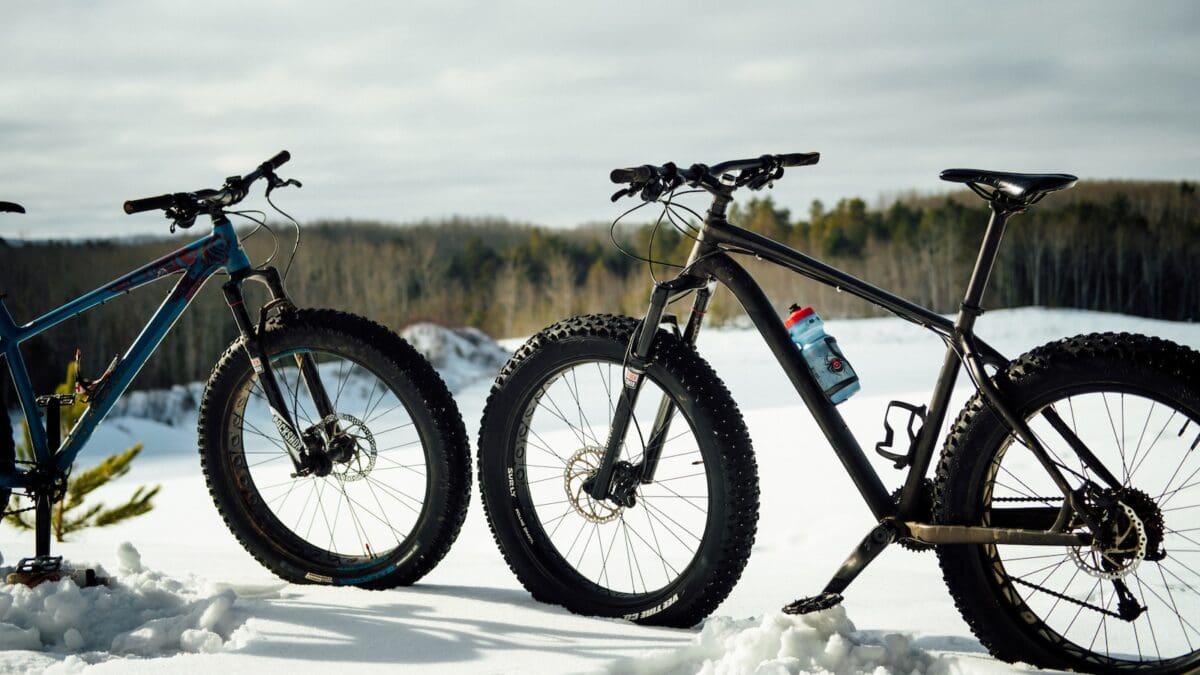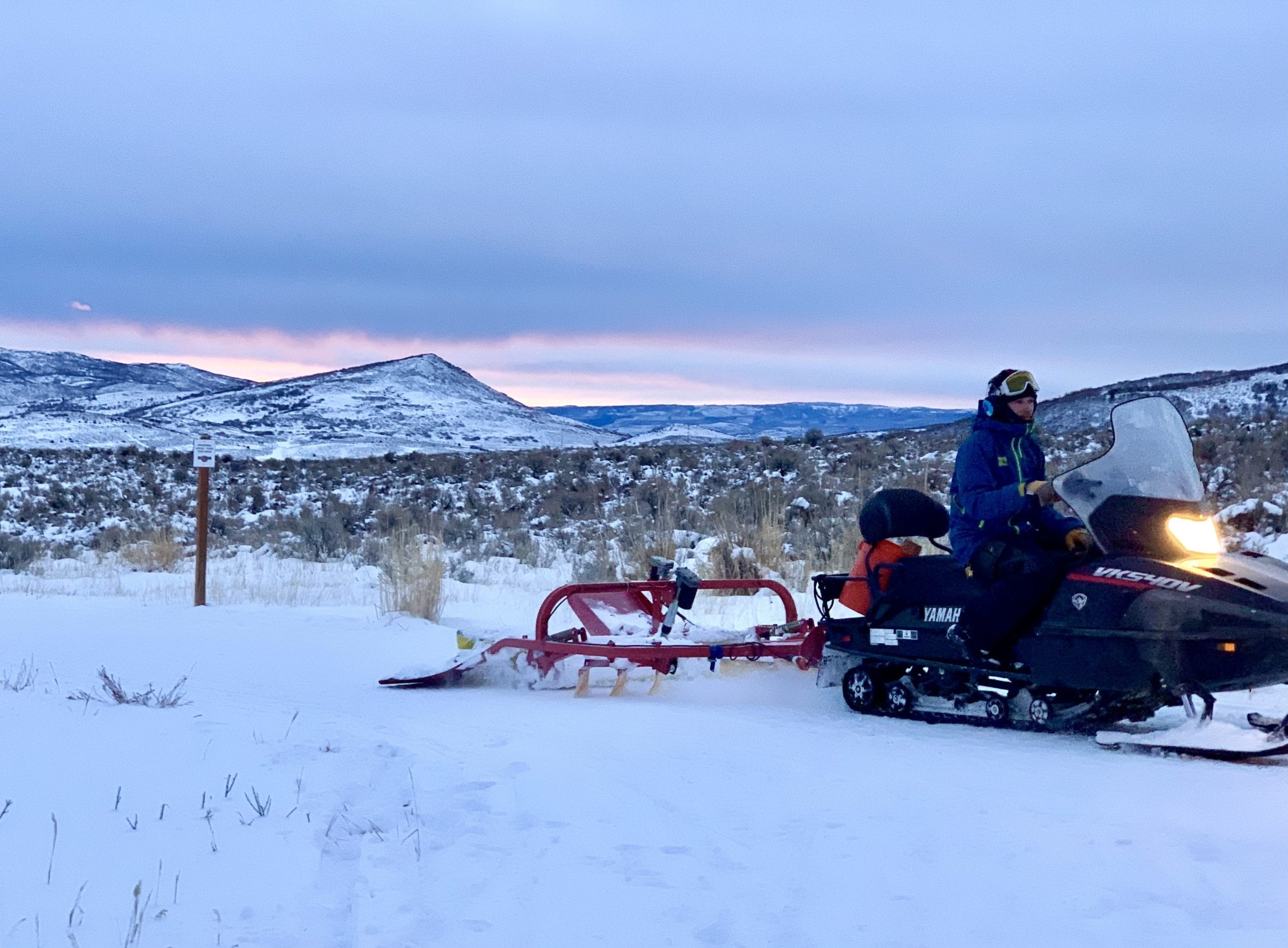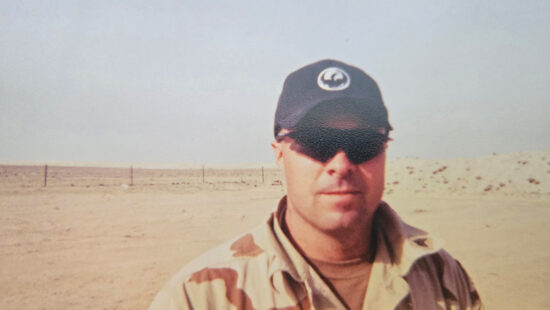Neighbors Magazines
Tired of the trainer? Fat bikes could answer the winter woes

a couple of bikes that are sitting in the snow Photo: Tim Foster
PARK CITY, Utah — Winter recreation in the Wasatch Range is expanding beyond traditional sports as fat biking emerges from its niche status. While some cyclists might consider a fat bike their fourth or fifth choice, the sport offers unique opportunities for winter adventures.
“We have fantastic winter recreation opportunities here, and fat-biking is just one more,” says Trilby Cox of Bike Utah. “I think it’s just trying to spread the word to die-hard skiers that you can ski and fat-bike. We call it fun-hogging.”
Since mid-November, Facebook groups like Fat Bike Utah and Coyote Trails & Grooming have regularly posted singletrack grooming updates. Many trails are maintained by Wasatch Trails Foundation and Mountain Trails Foundation. Summer trail systems like Round Valley, Dutch Hollow and Coyote Trails of Heber accumulated enough snow for grooming and riding in November, drawing eager mountain bikers to the trails.
The bikes’ roughly 4-inch-wide tires, run at extremely low pressure, provide exceptional grip in snowy conditions. Heber local Kwinten Kemp, 46, who has been riding bikes since age 12, says cycling fulfills his “three F’s”: fun, fitness and friends in both summer and winter.
Kwinten is a fit athlete, a family man, and a busy business owner, and riding helps him stay healthy in every way, but you won’t find him on a trainer or sprinting through spin class. “A lot of people do Zwift, but I’d rather get some fresh air. I’m in it for the fun and adventure. It’s a unique way to experience winter,” says Kemp. “There’s this whole sensory experience. Your tires rolling through the snow. You can’t get that in the pain cave. I’m not down for the pain cave.”
Cox describes it more romantically. “I just love, love going out on a fat-bike during our long winter evenings. It’s dark, it’s quiet, there’s not usually anybody else out, and so it’s just such a peaceful and serene mode of recreation.”
The sport presents its challenges. Kemp describes fat-biking as the toughest form of cycling, in terms of pedal stroke to distance covered. “It’s hard,” he says, noting that he rides 2-4 times per week in winter. Gauging cars parked at the trailheads, he adds, “Weekends can be busy on the trails, but weekdays are a little lighter.”
Throughout the Wasatch Back, as groomers expand snowy trail networks, riders occasionally share trails with Nordic skiers. At Soldier Hollow, in the southwest pocket of the valley, Bike Utah organizes four evening fat-bike races during winter.
The 2025 races began Jan. 22, and conclude March 5. The race series began as a passion project that Cox brought to life. After she and her husband took up fat-biking about five years ago, she began to wonder if a fat-bike race was possible. She nurtured the idea and held their first event in January 2023.
The community responded. While Cox expected about 10 racers, 65 fat-bike athletes arrived to face the frosty January evening on groomed corduroy. It might seem like she would have drawn exclusively locals, but folks from all around the Wasatch Front and Wasatch Back brought their grit and gear, ready for a great time.
“That first year, people came out and completely exceeded my expectations,” Cox says. Post-race gatherings featuring portable propane fire pits, hot cocoa from the lodge and enthusiastic conversations helped build momentum for subsequent events.
From a mechanical perspective, fat-bikes are odd. They also take some figuring out. Complaints from loud brakes to dropper-seatposts failing to rise generally fill the quiet air of local shops in winter months. Most bike equipment was designed to operate in above freezing temperatures.
Newcomers to the sport should expect multiple learning curves, from maintaining quiet brakes through different pad compounds and rotor designs to mastering cold-weather riding techniques. Despite these challenges, the growing community of fat-bike enthusiasts continues to expand across the region.
To catch the last bike race of the season, visit the Bike Utah website.


















